When we talk about cycling endurance, we often mean how far we can ride a bike.
Or, we might be referring to our ability to sustain a certain pace for an extended period of time, otherwise known as stamina or staying power.
Either way, most of us can and want to improve our cycling endurance, whether we’d like to try gravel racing, mountain bike racing or ride 100 miles or further.
We’ve asked Pav Bryan, coach to Mark Beaumont and Jenny Graham among others, and a range of training experts for their advice on how to build cycling endurance.
What is endurance?
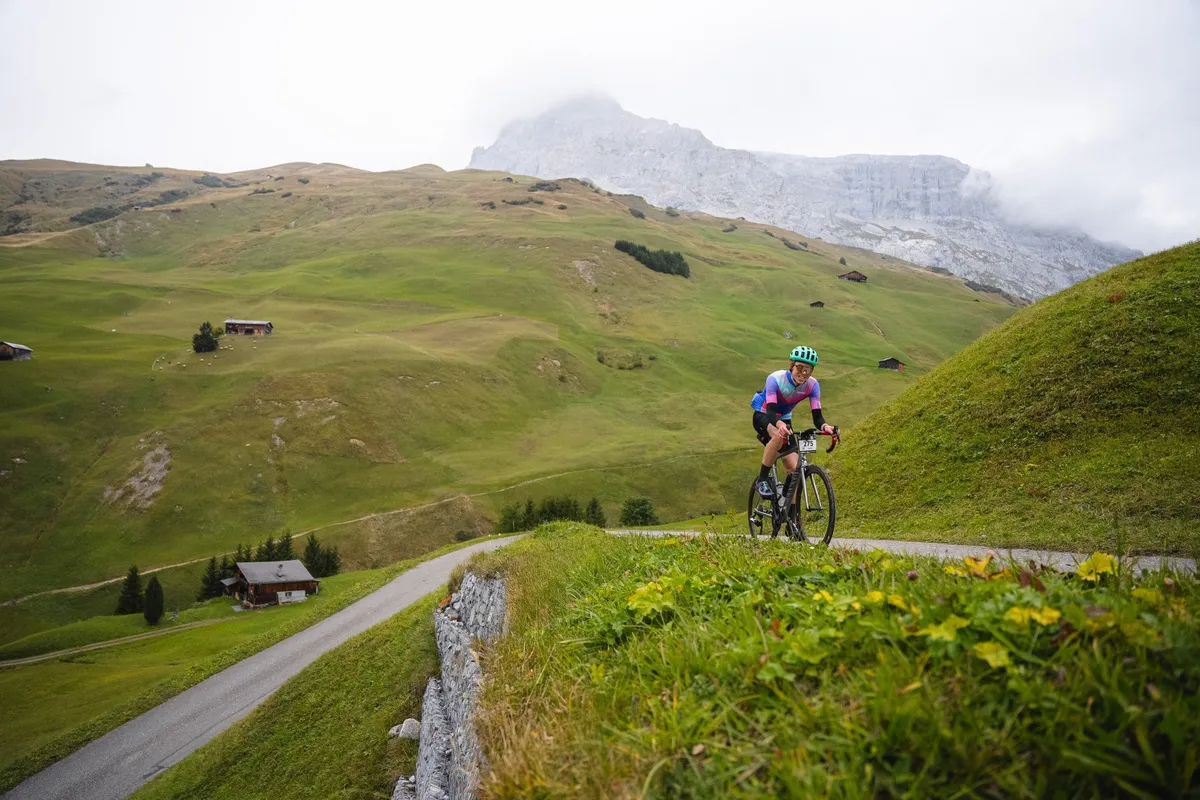
The colloquial definition of endurance, in the context of cycling, is vague. What’s long for one person isn’t necessarily long for the next.
When you start off cycling, managing to ride for an hour brings satisfaction. An experienced cyclist’s idea of endurance might be an audax, which could be 200km or 1,000km long.
Scientifically speaking, endurance in cycling is a physiological state in which the body works aerobically by using oxygen.
| Zone | Name | Heart rate (% of threshold HR) | Power (% of threshold power) | Typical duration |
|---|---|---|---|---|
| 1 | Active recovery | Less than 68% | Less than 55% | n/a |
| 2 | Endurance | 69-83% | 56-75% | 3+ hours |
| 3 | Tempo / Sweetspot | 84-94% | 76-90% | 20 mins to 1 hour |
| 4 | Threshold | 95-105% | 91-105% | 10 to 30 mins |
| 5 | VO2 max | More than 106% | 106-120% | 3 to 8 mins |
| 6 | Anaerobic capacity | n/a | More than 121% | 30 seconds to 3 mins |
In the six-zone Coggan training zones model, the first five zones fall under endurance. We only hit our Anaerobic Capacity when sprinting flat-out in the highest zone.
Many people will often refer to long, zone 2 rides or base training as endurance training. But, given zones 1 to 5 are technically endurance, this is inaccurate.
All kinds of cycling, including track cycling, involve some endurance, according to Bryan, who runs Coach Pav Cycle Coaching.
He says in strict scientific terms, endurance is any action except one that isn't sustained and uses the body’s stored energy source (ATP) for fuel, such as an explosive squat.
Nevertheless, he’ll often use a more colloquial definition to define endurance: “Training at a low intensity at least aerobically for an extended period of time”.
Bryan says endurance cycling is easier to define as an ability. “It’s a component of fitness that determines how long you can ride a bike for,” he explains.
Who needs endurance?
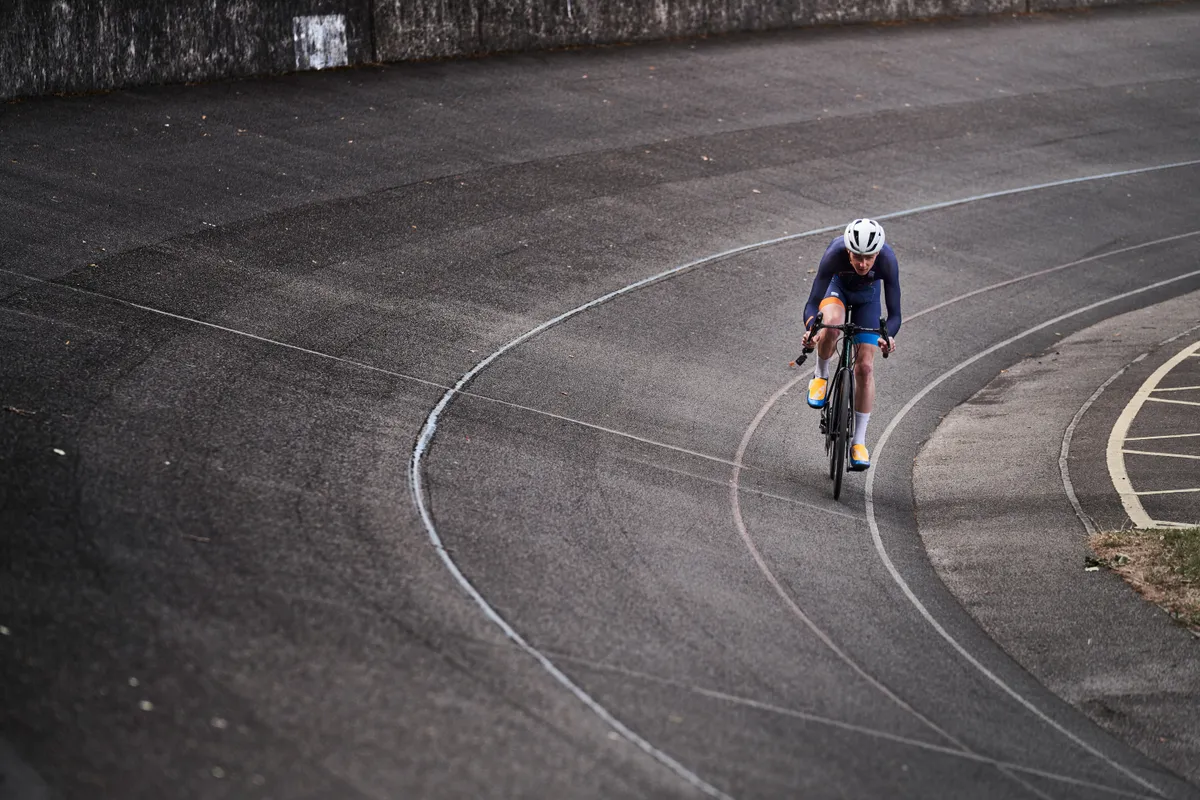
The short answer is almost anyone who rides a bike.
Anyone who wants to ride further than before needs cycling endurance. For example, if the longest ride you’ve done is two hours and you’ve entered a Gran Fondo that will take you seven hours, working on cycling endurance helps bridge the gap in duration.
For events shorter than an hour, such as time trials or criterium races, Bryan says endurance isn’t all that important.
“Four-to-five hour rides won’t be the best use of your time if you’re targeting such events, although that’s not to say they won’t benefit you,” he adds.
That’s because a secondary benefit of endurance training is it develops capabilities required for higher-intensity riding (more on this later).
How to improve your endurance as a cyclist
A high-volume training regime is the surest way to build cycling endurance. But by training and fuelling more effectively, it's possible to increase your stamina on the bike without riding hundreds of kilometres a week.
Ride more
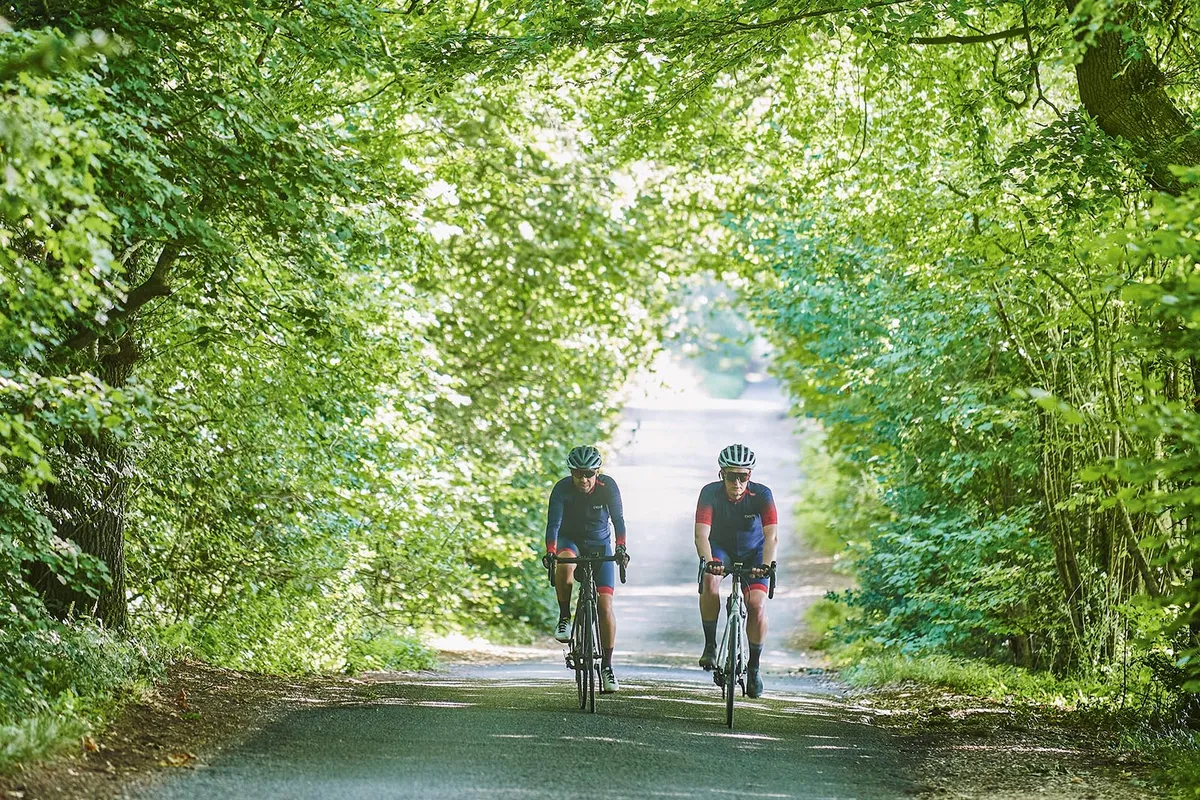
Angus Young, ultra-endurance cyclist and winner of the 2,000km Pan Celtic race in 2021, says increasing your training volume (the number of hours you ride a week) is the key to better endurance.
“There is no secret sauce or magic interval set," he explains.
“The most crucial metric that you should be looking at is time in the saddle each week.
“If you can increase that slowly without overdoing it, then you will improve your endurance."
Lower the intensity
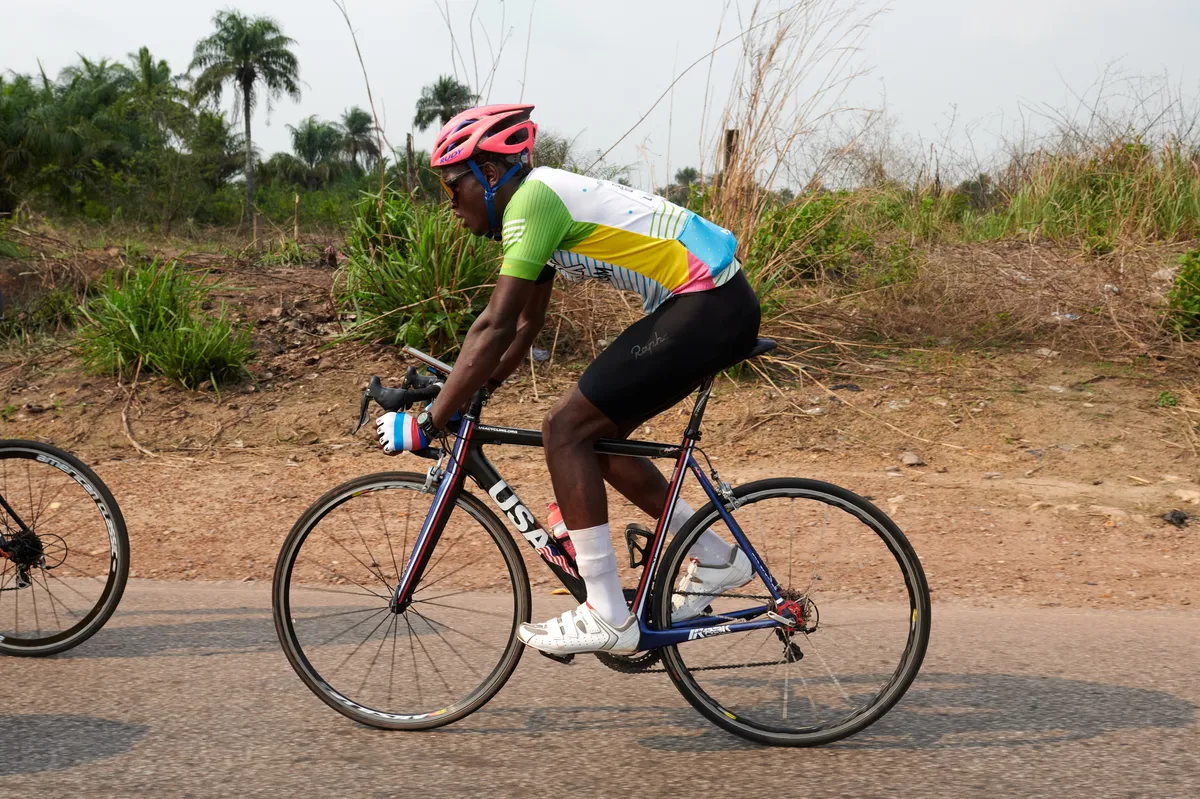
To get maximal benefit from your long, endurance rides, you need to spend as much time in zone 2 as possible.
Zone 2 riding promotes physiological adaptations that underpin cycling endurance, as Tom Bell and Dr Emma Wilkins of High North Performance coaching explain in their guide on How To Train in Zone 2: Steady Endurance Training Explained.
Cycling at this intensity increases the number of mitochondria in your slow twitch muscle fibres. Mitochondria use oxygen to create ATP, the body’s rocket fuel, so for endurance athletes, the more mitochondria the merrier.
Time in zone 2 also leads to increased capillarisation (the density of capillaries) in slow twitch muscle fibres. This brings more oxygen-rich blood to the muscles, a key factor in improving VO2 Max, and improves your ability to remove metabolic byproducts from the muscles, some of which cause fatigue.
Additional benefits of zone 2 include increased stroke volume (the amount of blood a beat of the left heart ventricle pumps out) and higher FatMax – the highest intensity at which you use mainly fat for fuel.
By sparing the muscle’s finite supply of glycogen, a high FatMax can help you avoid bonking on a bike ride.
Staying in zone 2 is easiest if you train with power. But if you don’t have a power meter, use a heart rate monitor to keep your heart rate in zone 2 or lower.
Alternatively, maintain a conversational pace and consistent pressure on the pedals whenever possible.
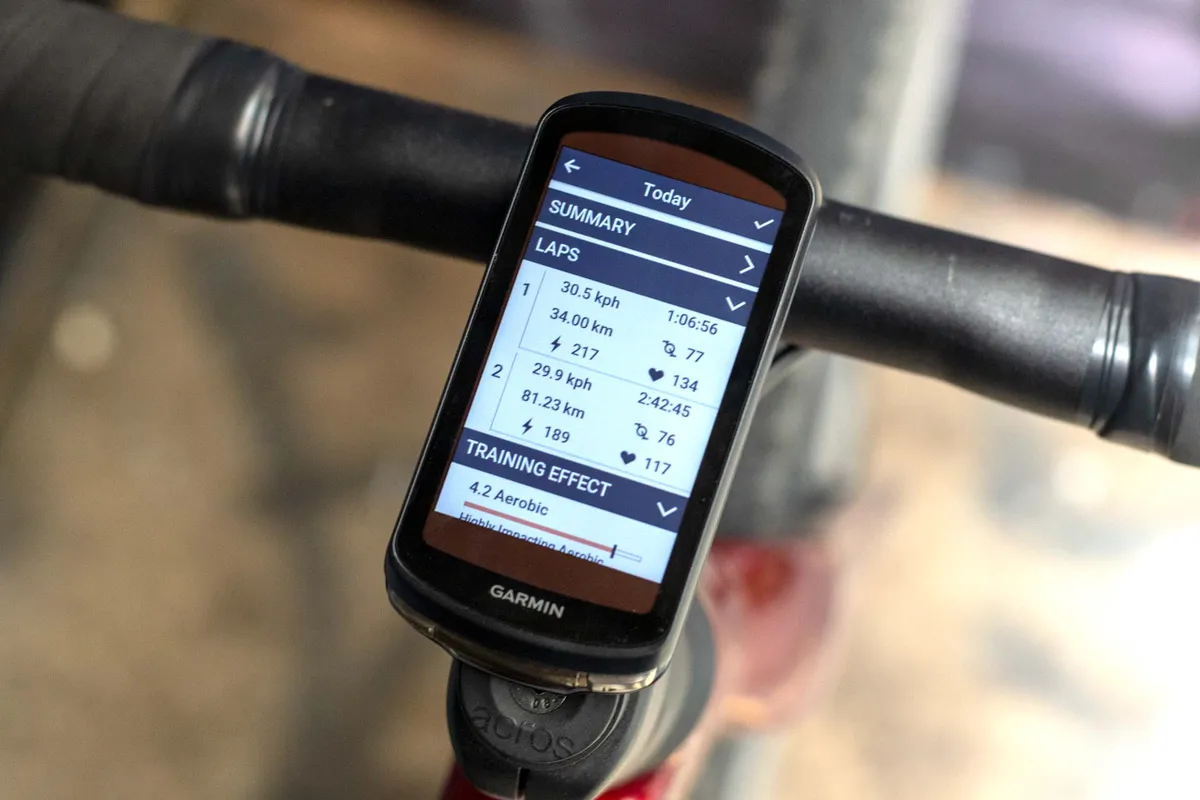
To avoid straying out of your target zone into zone 3, which will make your long rides too hard, Bryan recommends focusing on the time you spend in each training zone instead of average power.
He says: “Outside, average power drops on descents so you might try to increase it by spending time in a higher zone.
“On a descent, press lap, disregard the descent, then press lap again when you’re ready to restart at your target intensity.”
As a result, the average watts on your bike computer screen better reflects your actual effort.
When you do have to leave zone 2, it’s better to go into zone 1.
“If you’ve spent a large chunk of time above zone 2, in a polarised approach that’s an absolute nightmare because you’ll have ridden too much above your target,” adds Bryan.
Tailor your training
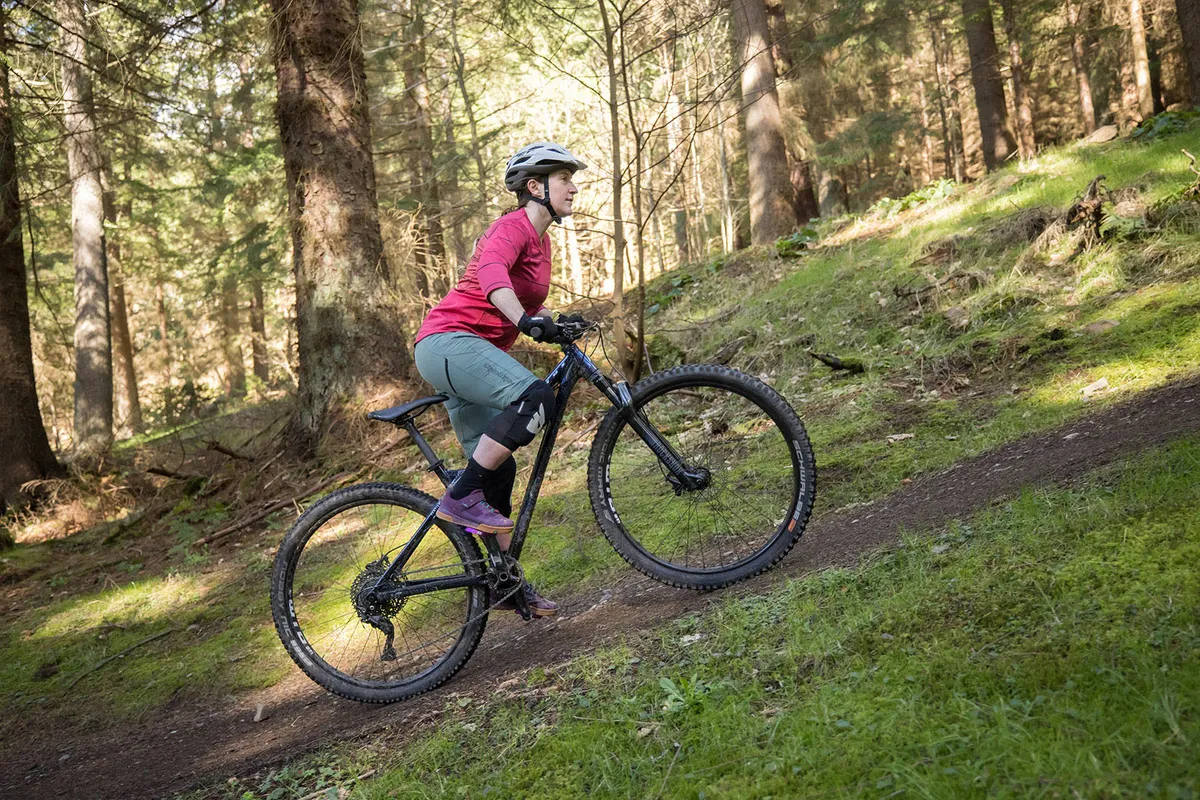
However, Bryan says lots of long, slow riding isn't the only way to improve your cycling endurance.
The threshold training method, popularised by TrainerRoad, that prescribes lots of sweetspot riding, works well if your time is limited.
You won’t get much adaptation from five to eight hours of riding in zone 1 and 2, but you will see more by spending some but not all the time at 88 to 93 per cent of FTP, according to Bryan.
This approach can cause excessive fatigue in some athletes. Bryan might suggest they do less zone 3 training and try fasted training in zone 1 or 2, which some coaches believe maximises training stimulus.
Bryan recommends riders with a medium amount of time, such as 8 to 12 hours a week, adopt a similar approach but add one longer ride per week. This creates a pyramidal training intensity distribution, where the blocks of the pyramid represent time spent training at different intensities. The wide base is low intensity, the narrower middle is threshold and the peak is higher intensity.
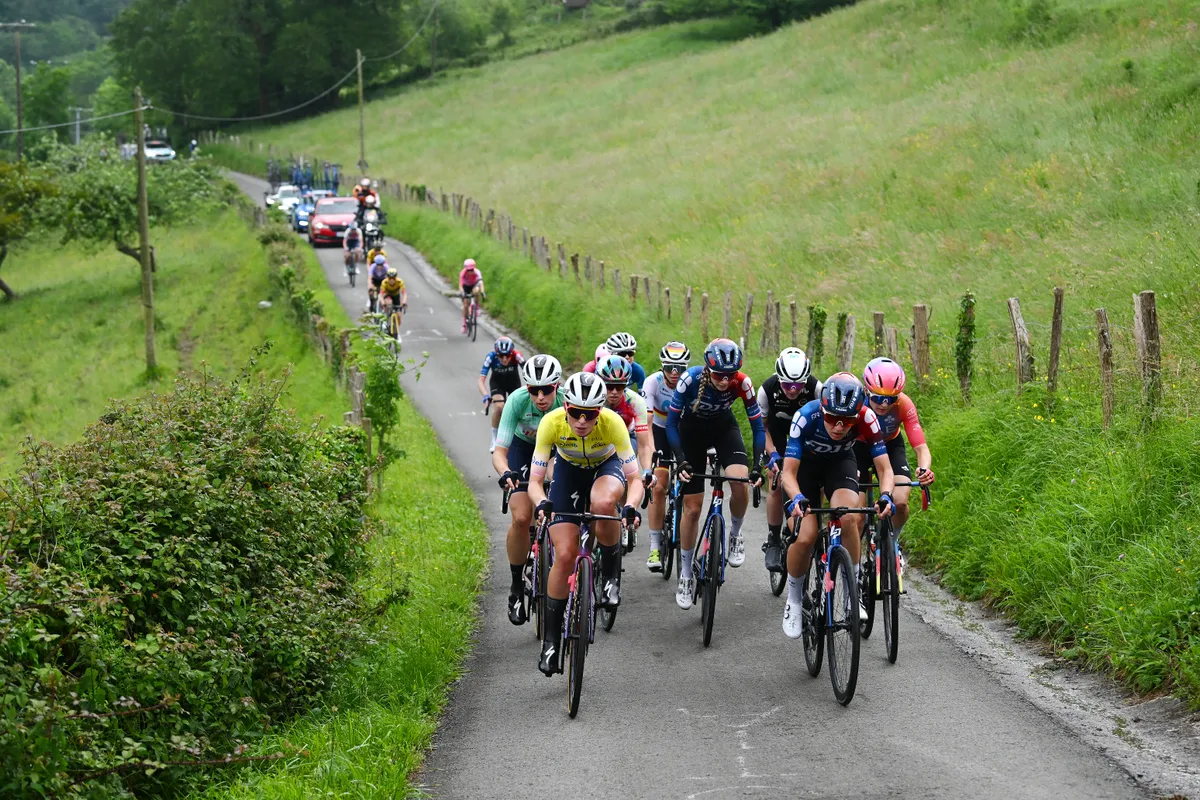
When athletes have 12 to 15 hours or more, a polarised approach is best, according to Bryan.
Polarised training (also known as 80/20) cuts out almost all zone 3 and 4 riding. Approximately 80 per cent of sessions are dedicated zone 1 and 2 riding, with 20 per cent at VO2 Max-level intensity and above.
Proponents of polarised training say it reflects the way professional endurance athletes train. Studies have linked polarised training to greater increases in VO2 max.
However, Bryan cautions that amateur athletes may find polarised training too rigid. For example, you would miss out on fast riding in a group because it involves tempo training in zone 3.
In order to continue fast group riding, you should drop weekly training hours to 12 or so in a more pyramidal structure, according to Bryan.
Eat more carbs
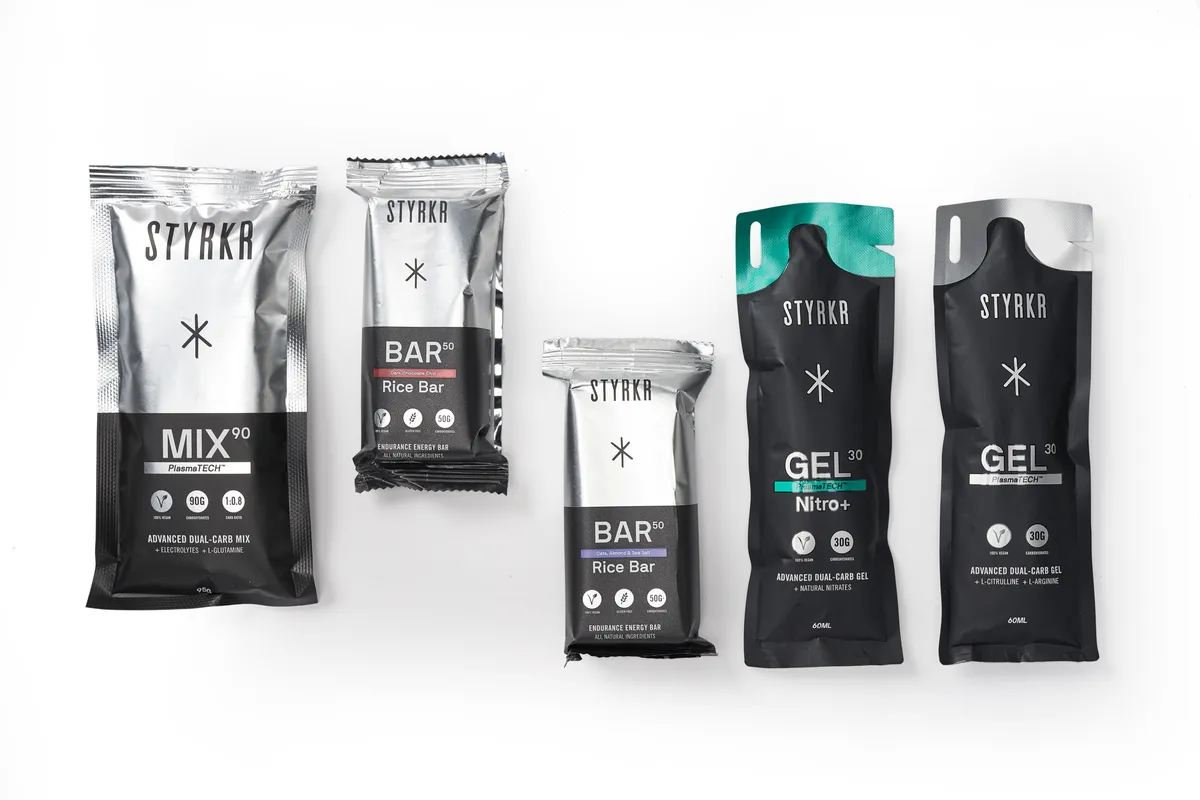
Consuming more carbohydrates on long training rides and during events improves endurance and recovery, says Dr Tim Podlogar, a nutritionist at WorldTour team Bora-Hansgrohe.
“When it comes to athletic performance, carbohydrate and energy availability are the keys," he says.
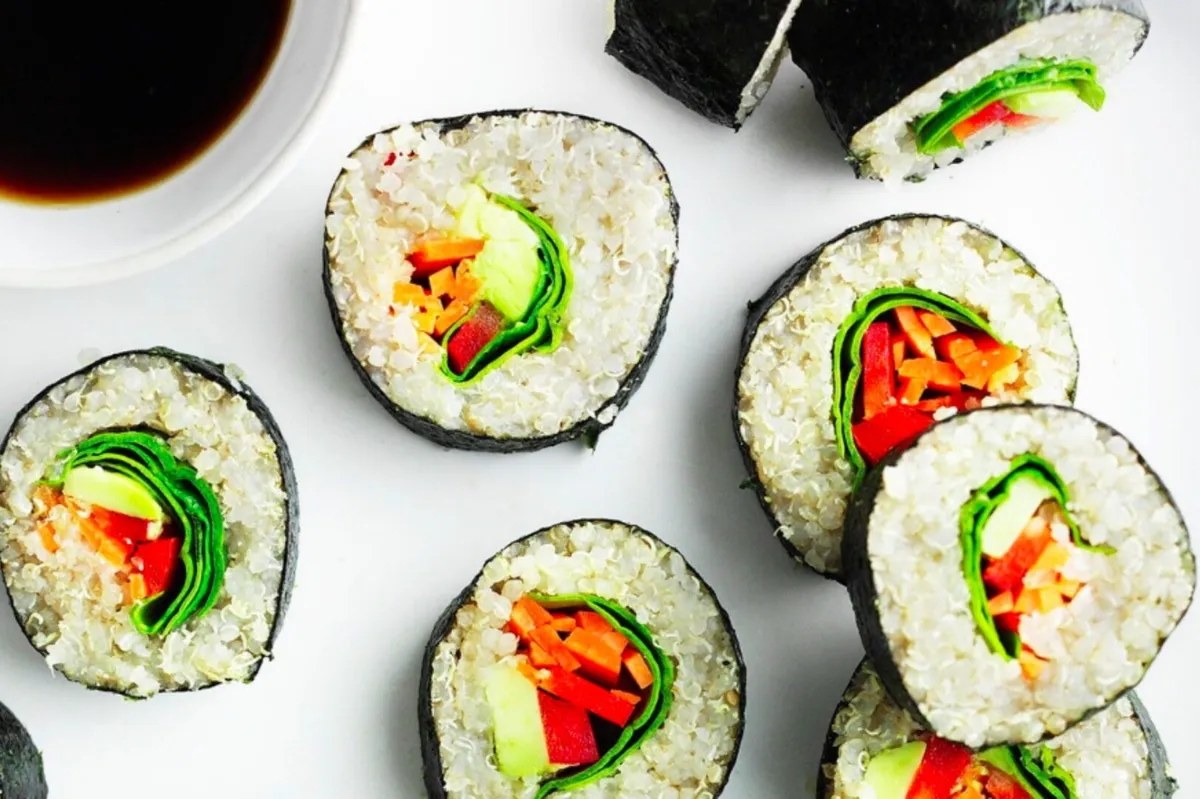
Bearing in mind Dr Podlogar’s advice, we need to take on energy, ideally in readily digestible forms such as glucose, on rides longer than one-and-a-half to two hours.
Amateurs will rarely require the vast amounts of carbohydrates (up to 180g per hour) pros ingest during hard Grand Tour stages.
But we should aim for 60 to 90g per hour on four- or five-hour rides and potentially up to 120g if going longer, particularly on consecutive days, according to Bryan.
Prepare your gut

Even 60g an hour can seem a lot – that’s roughly two of the best energy bars, a homemade flapjack or two of the best energy gels every 30 minutes.
The gut needs to be trained in the final stages of your cycling training plan – something Bryan believes many un-coached athletes fail to do.
“It can take 12 weeks for the gut to adapt to digest this amount of food for hours on end.
“It’s easy to fall into the trap of thinking that if your gut’s handled it one year, it will handle it the next.
“But your gut will see reversibility,” he adds.
In the final three months of training, Bryan recommends trialling your event day nutrition on long rides, even if the intensity is lower than your target pace.
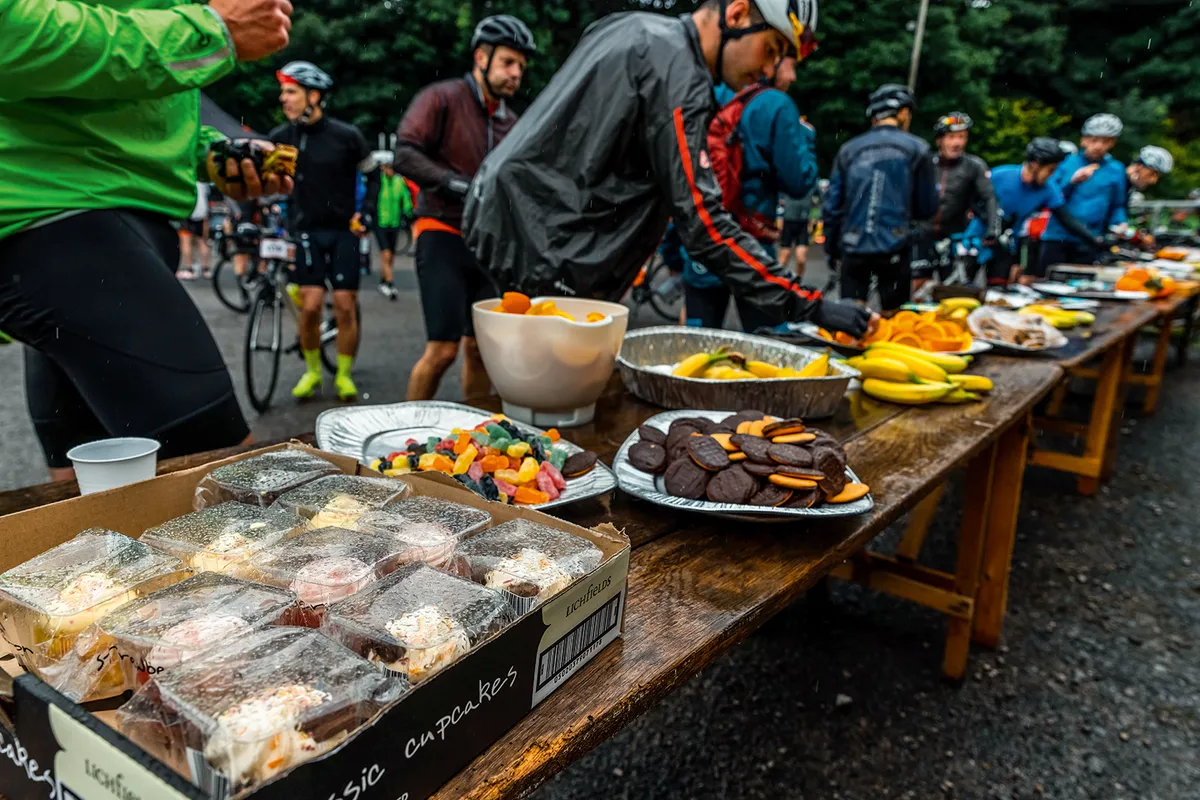
What you enjoy eating, can digest and fuels you well on the bike is highly personal, says Bryan.
“I have athletes who will do 12 hours or longer on liquids, like gels or liquids like Ensure.
“It’s a ready-made shake for old people who can’t digest things,” he says.
“It’s all you need: a great density of carbohydrates and a mix of protein and fat.”
Other athletes can’t stand gels and will eat sandwiches or fast-food on ultra-endurance rides.
Bryan notes the exception to the high-carb rule might be earlier in the season if your focus is losing weight through cycling to improve your power-to-weight ratio.
Mind your mind
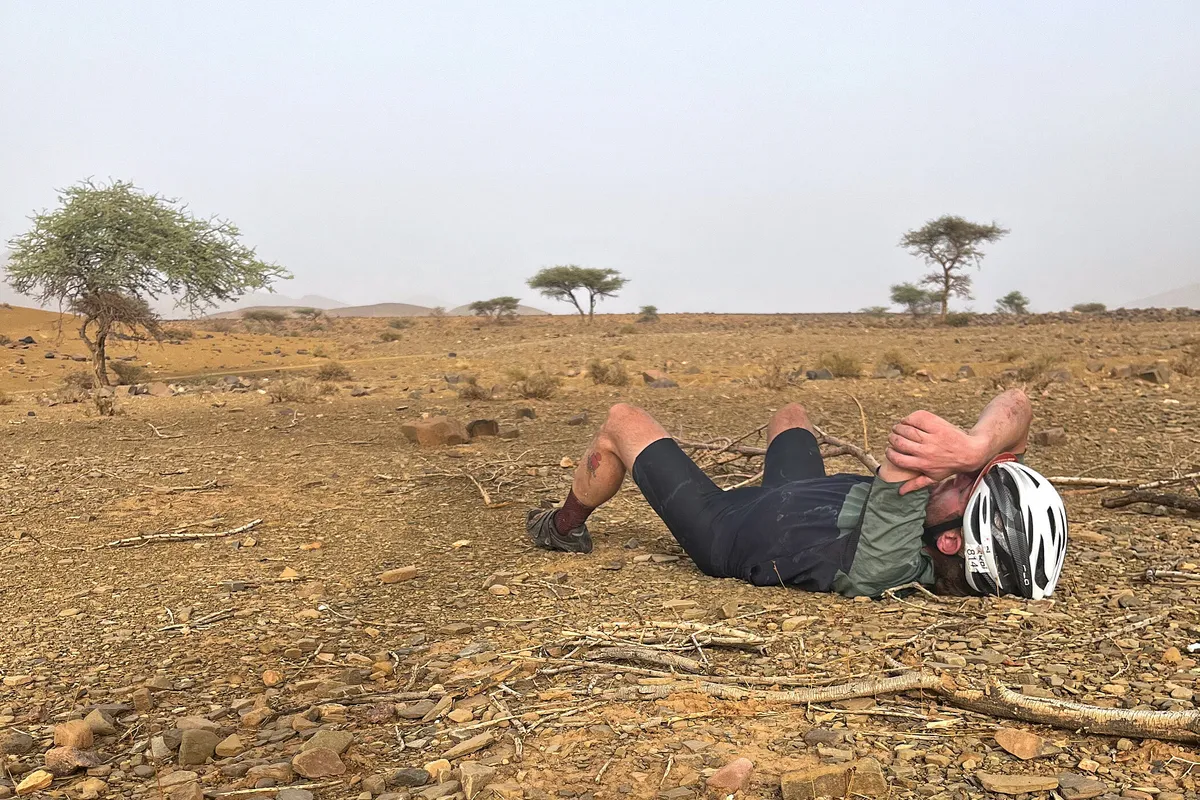
Certain athletes Bryan has worked with, such as round-the-world record holder Mark Beaumont and Jenny Graham, are as psychologically tough as they come.
However, for more everyday riders, he says: “The moment you overlook the mental side of training you’re starting down a slippery slope where you risk burn-out.
“We can over-pressurise ourselves, over-focus on the extrinsic success and forget to enjoy the journey.
“So I work with almost all my athletes on improving their mental fitness.”
Bryan suggests looking for ways to keep topping up motivation, through goal setting and gratitude practice.
“Staying thankful for what you do have can stop a poor training session from becoming the end of the world.
“It’s great for your physical performance too, not to give yourself a hard time and be too ‘all or nothing’,” Bryan concludes.
